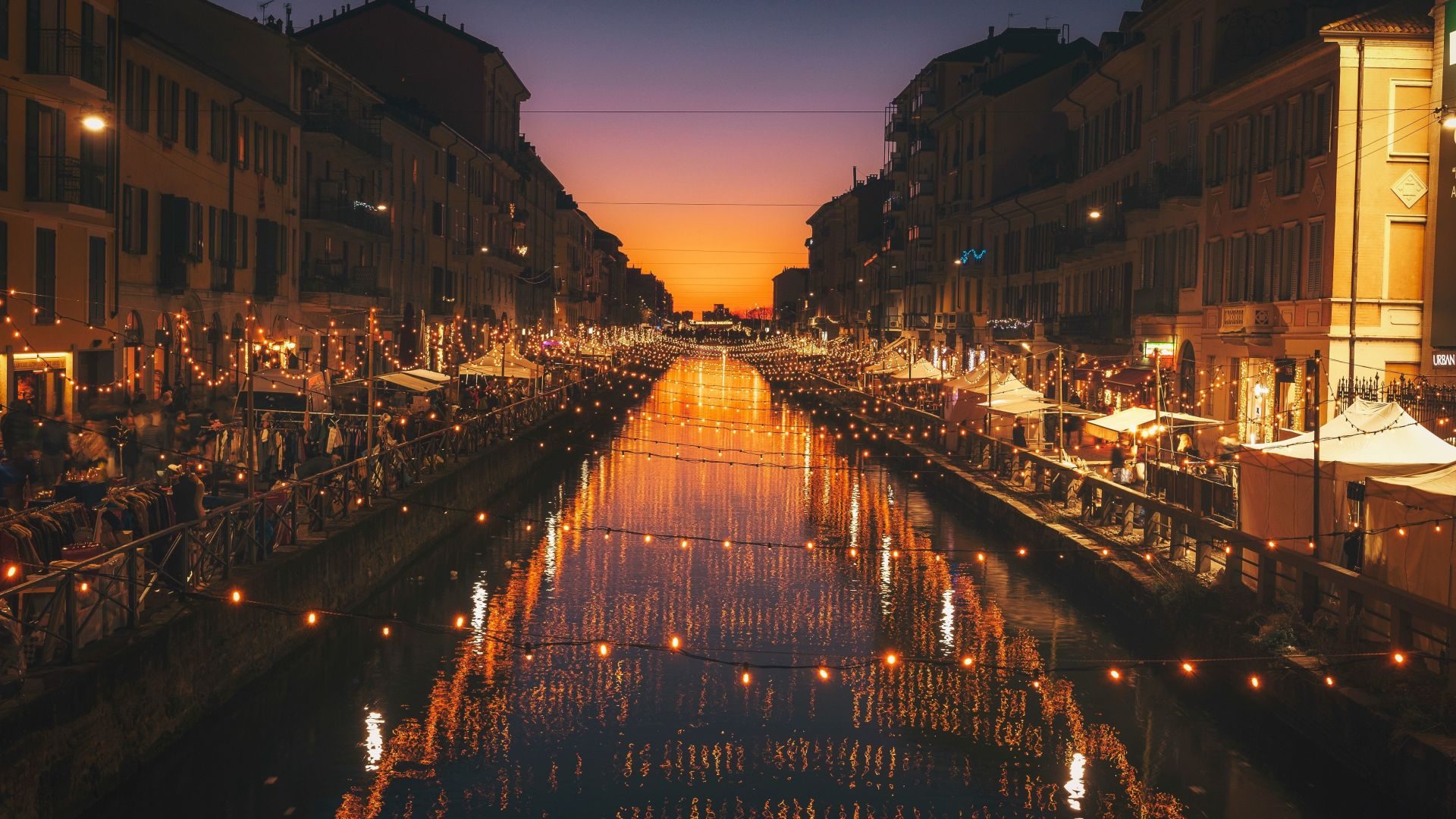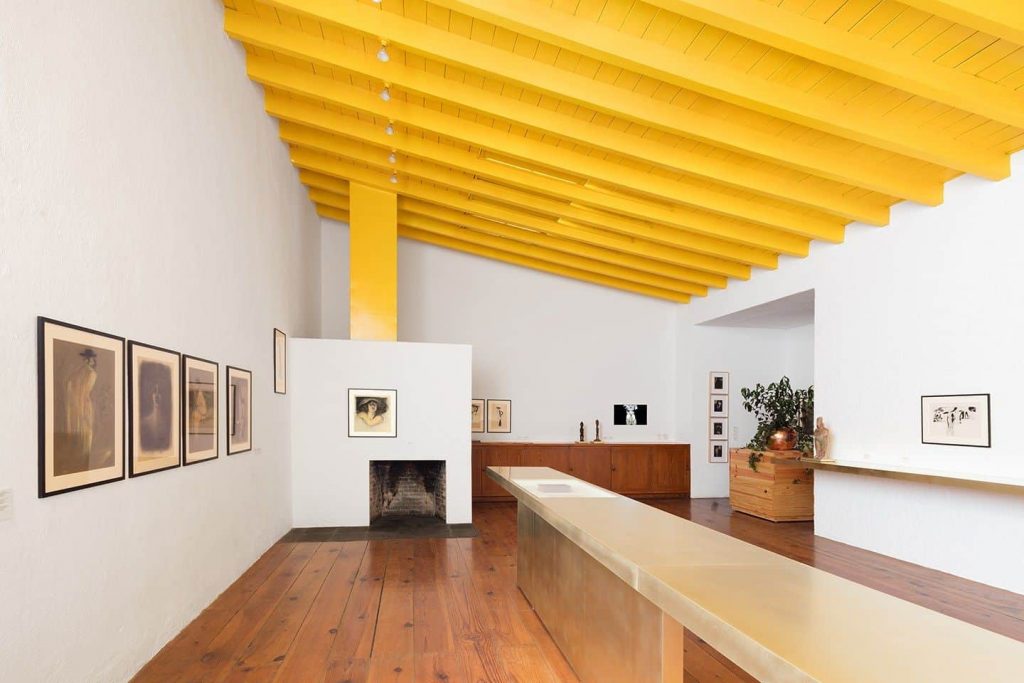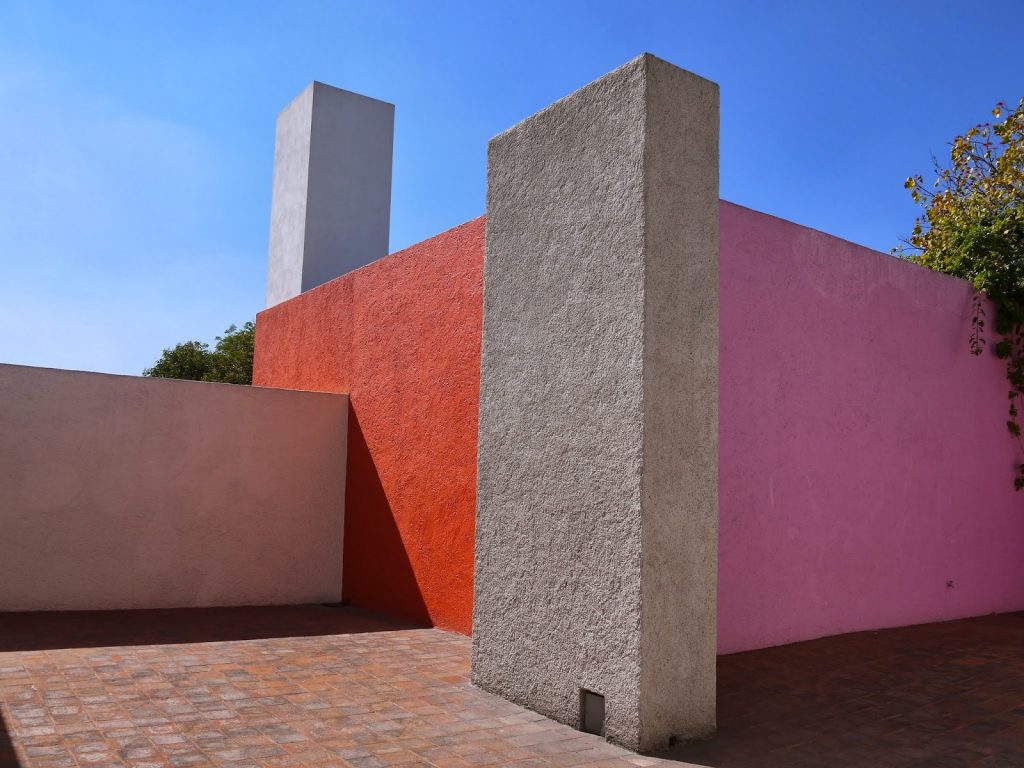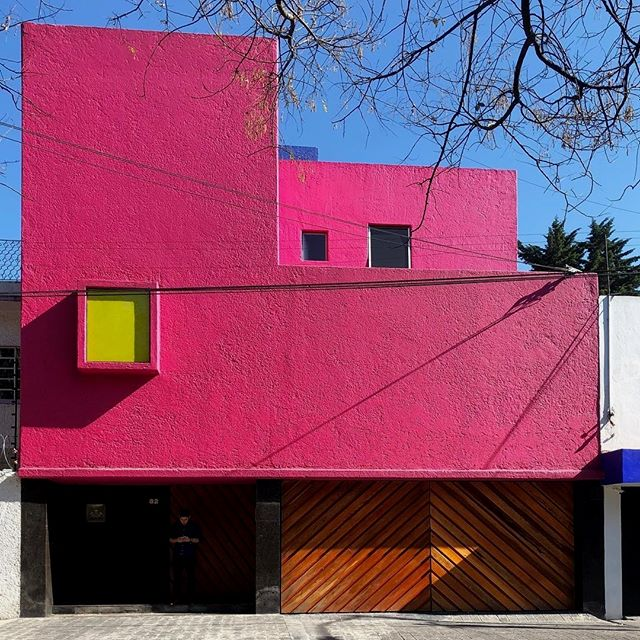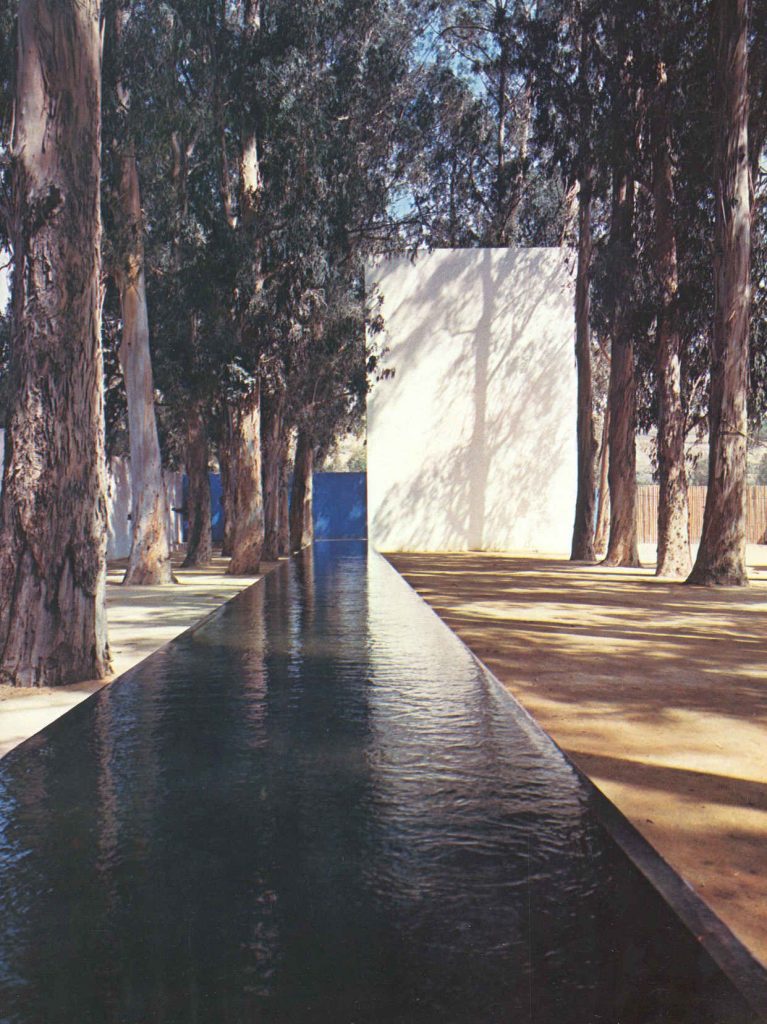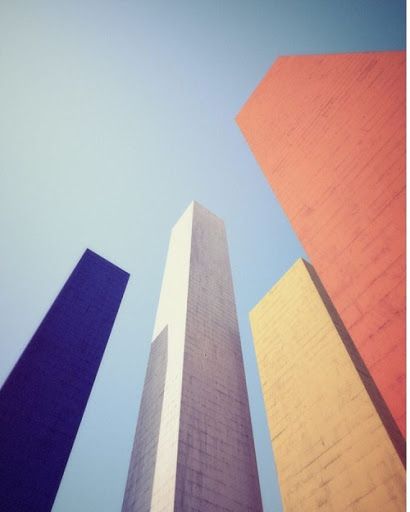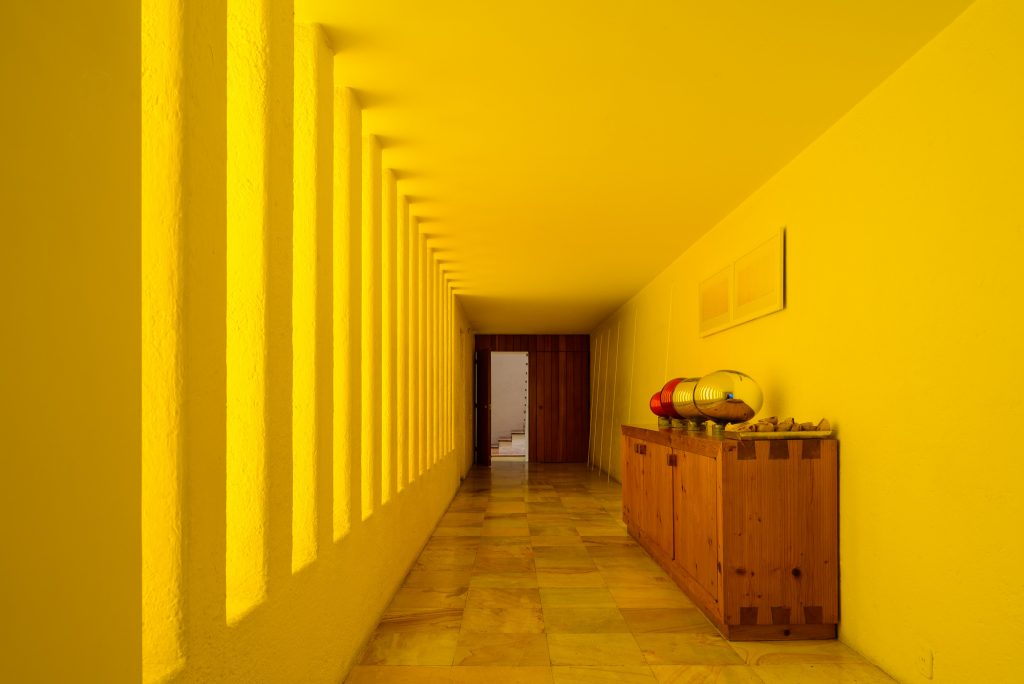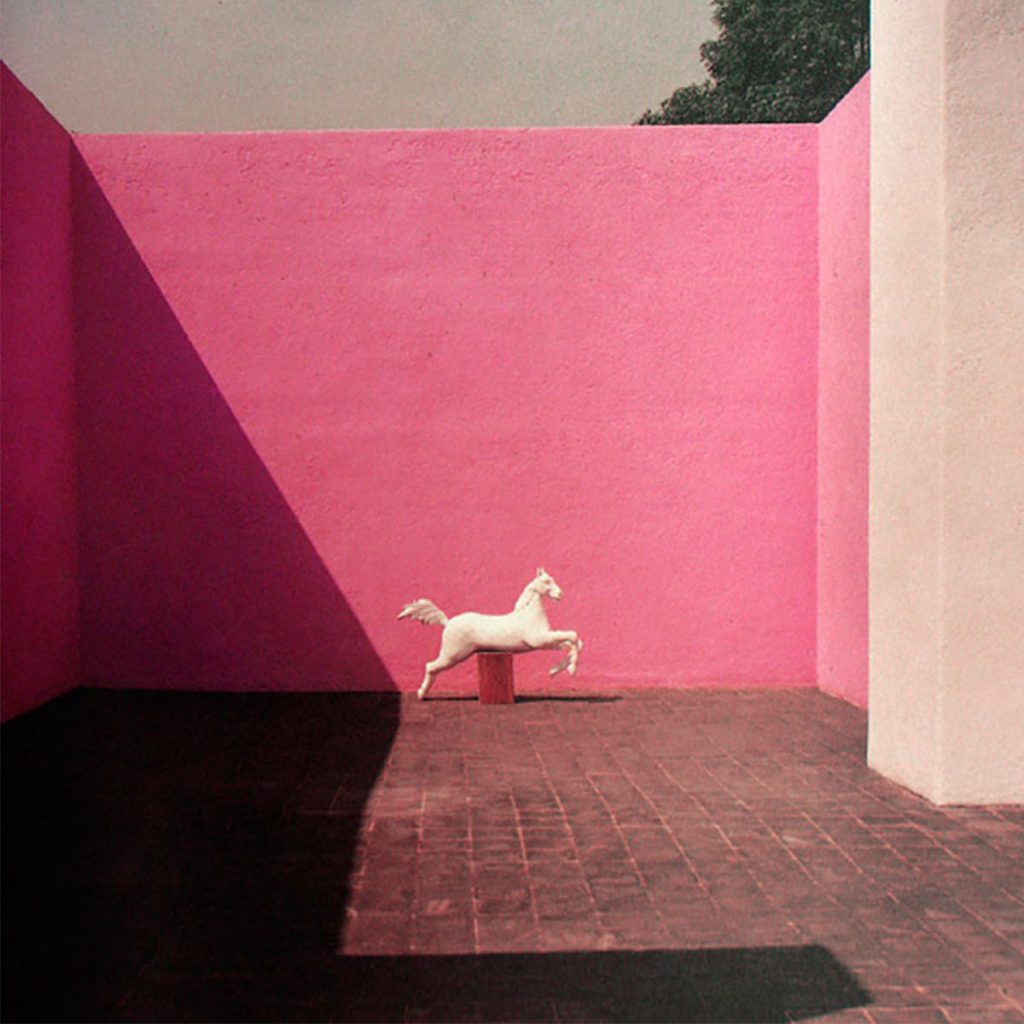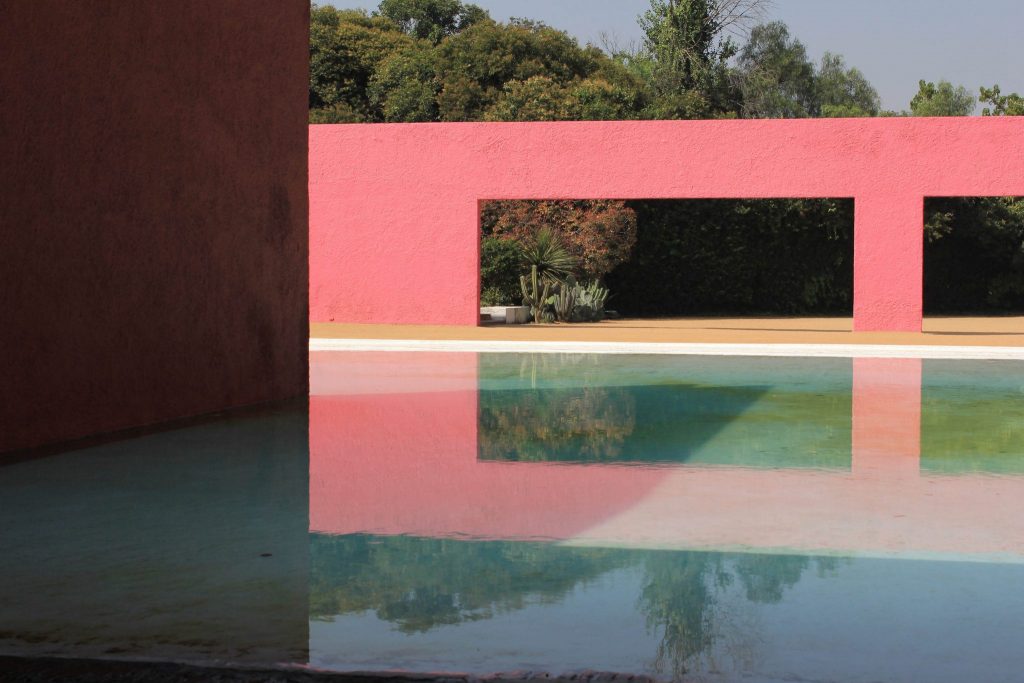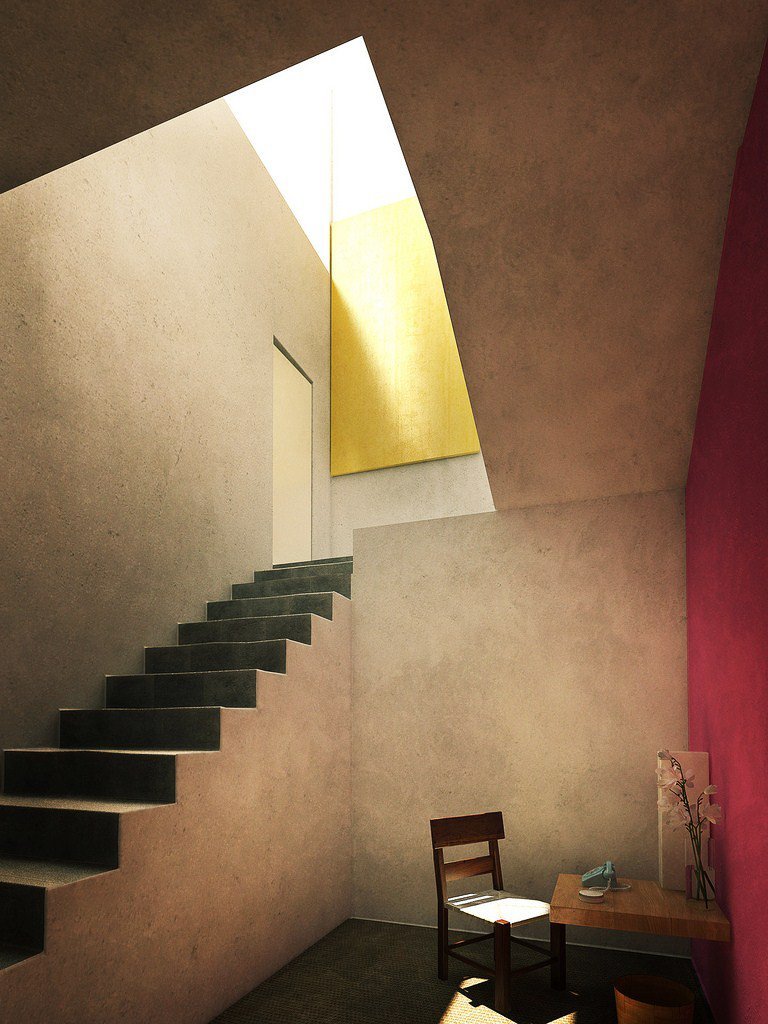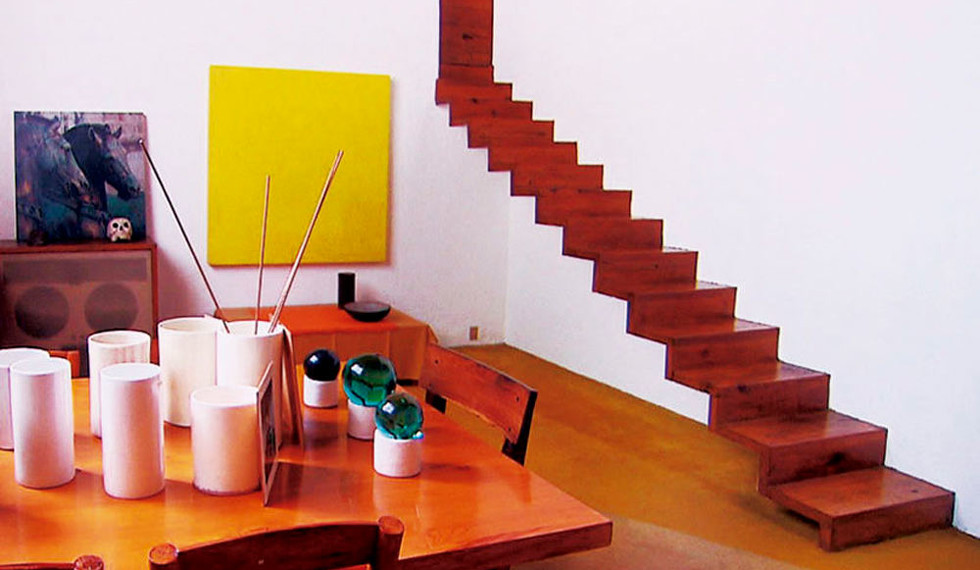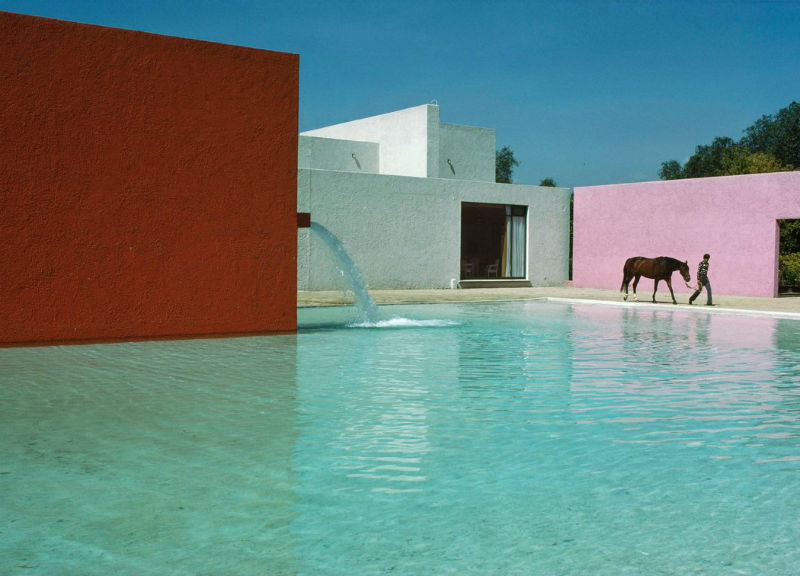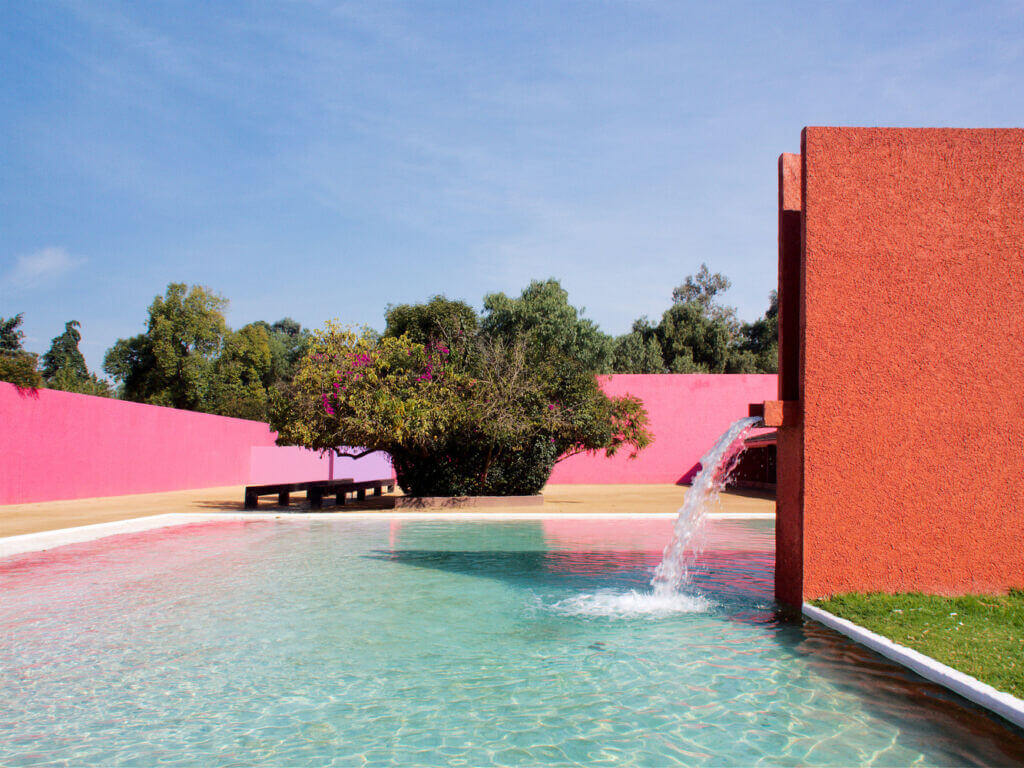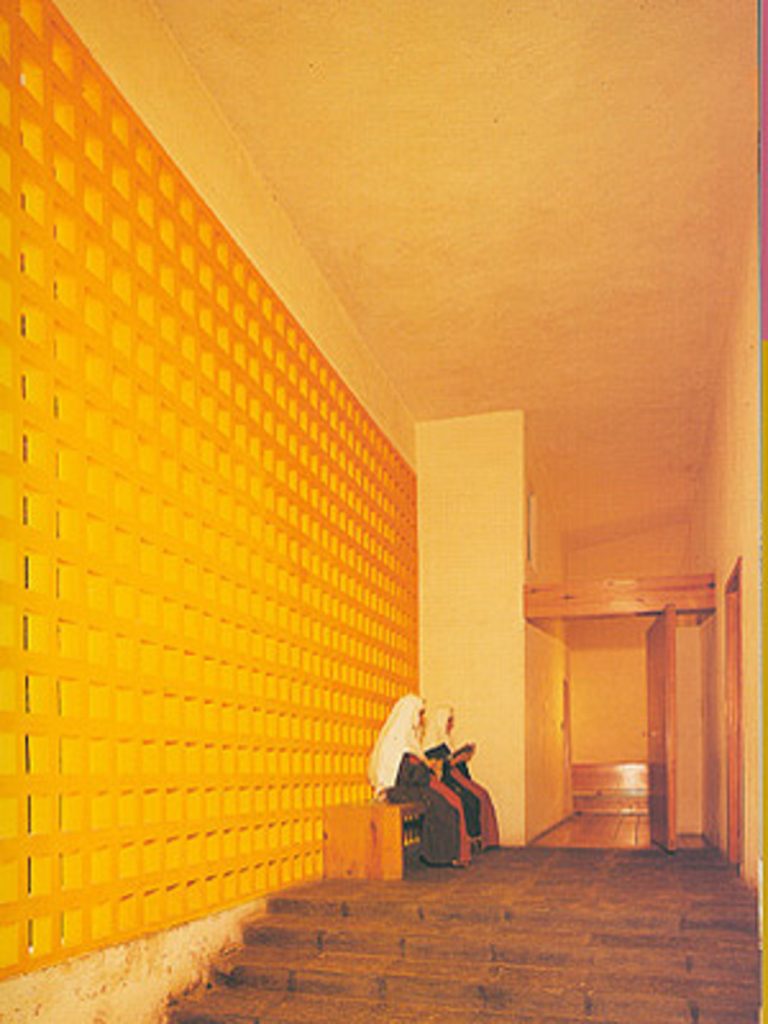To understand the Mexican architecture of the twentieth century, it is essential to know the work of Luis Barragán. A master of light, color and outdoor spaces, he was influential both in Mexico and in the world.
Luis Barragán, born in Guadalajara in 1802, is considered one of the most outstanding and illustrious Mexican figures of the last century. Raised in a wealthy family, he was educated under humanistic and Catholic guidance. Barragán studied architecture and engineering at the Escuela Libre de Ingenieros de Guadalajara. In 1929 he made a formative trip to Europe, with which he would be amazed, which led to the old continent becoming a source of inspiration.
His first jobs would be private properties in Guadalajara, but in 1935 Barragán would move to Mexico City, which would be his new home until his last days. This is where you would start to develop your skills and explore innovative concepts. In the early 40s, he began to take on a role as a real estate agent and developer. This gave him economic freedom which allowed Barragán to have creative freedom when experimenting with gardens and domestic spaces. This growth can be seen in works such as Jardines del Pedregal, which offered the new bourgeoisie a way of life that was modern and at the same time very Mexican. Casa Barragán, which includes all the qualities and skills that made Barrajarán so unique, it should be noted that this was his residence for the rest of his life.
In 1980, he was awarded the Pritzker Prize, which gave him greater worldwide recognition.
Since his death in 1988, Barragán continues to be a great idol and model of Mexican and world architecture, it is essential to know his work to try to understand, at least, a third, of how to handle color and light in such a special and beautiful way.
“Cualquier trabajo de arquitectura que no sea capaz de expresar serenidad es precisamente un error. Por ello es un error reemplazar la protección de los muros con el uso incontenido de ventanales enormes, cosa que impera hoy…”.
To begin with, we must accept that architecture is a way of expressing art, this does not mean that it always is, it simply means that through it art can be transmitted. Art does not have to be beautiful, I think it should simply generate some kind of feeling in people, therefore, this feeling can be, as Barragán says, serenity, but it can also be chaos, fear, anguish, happiness, lust, etc. So the fact that an architectural work does not produce serenity is neither a mistake nor a failure.
In a way Barragán relates serenity to protection, and although architecture in its most primitive form seeks protection, this is a highly sensory, physical protection that has no relation to mental protection.
Barragán also relates the walls with the feeling of protection and the windows with a certain fragility which makes him uncomfortable. It is true that walls are more resistant than windows, but this does not mean that they do not protect us or that they are a mistake. Moreover, the use of windows can provide a connection of the interior with the exterior that can produce that serenity so appreciated by him.
Although really, I think the only flaw in the quote is the generality with which he talks about such relative issues.
